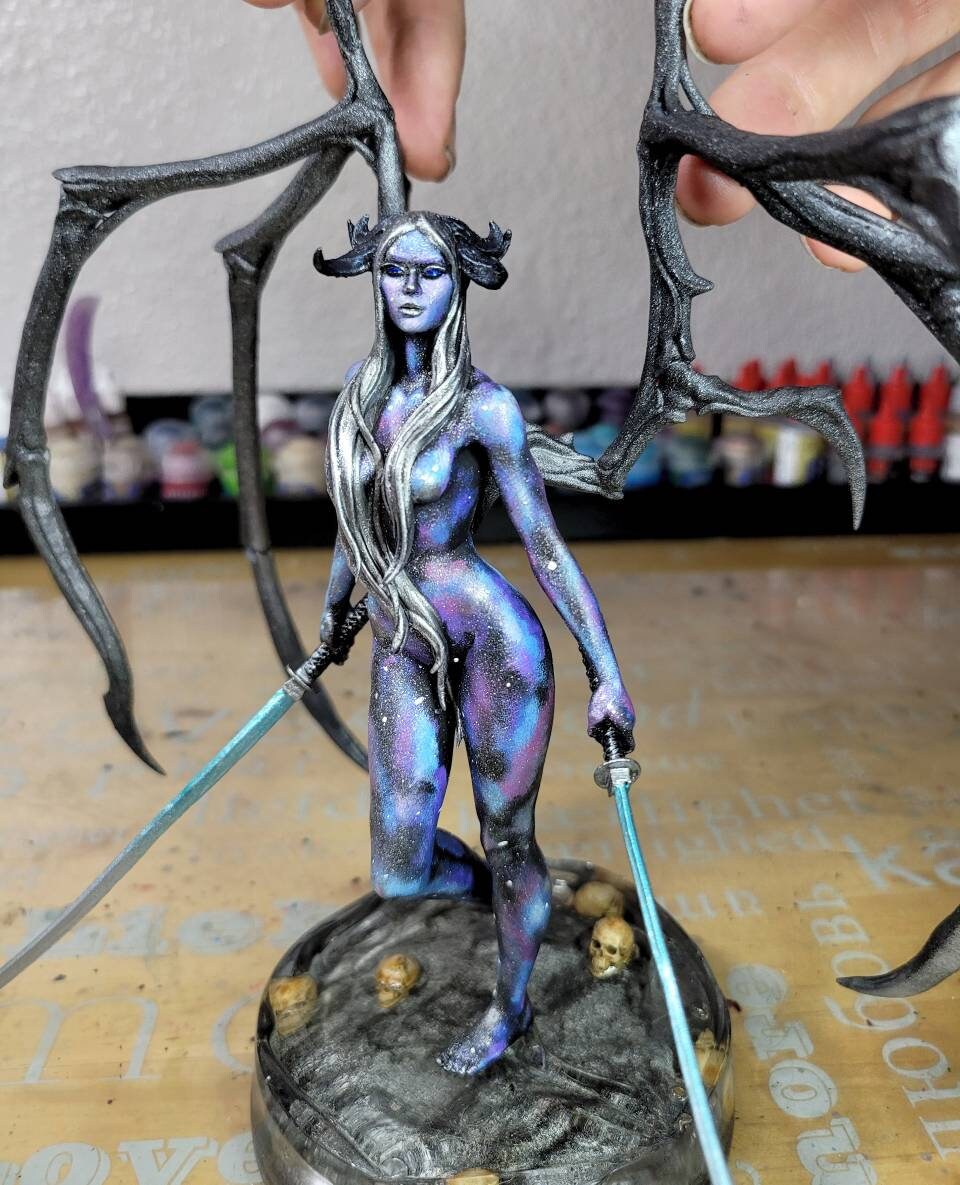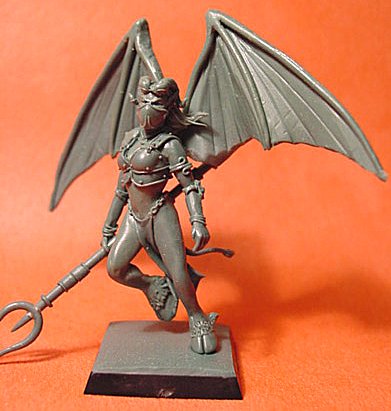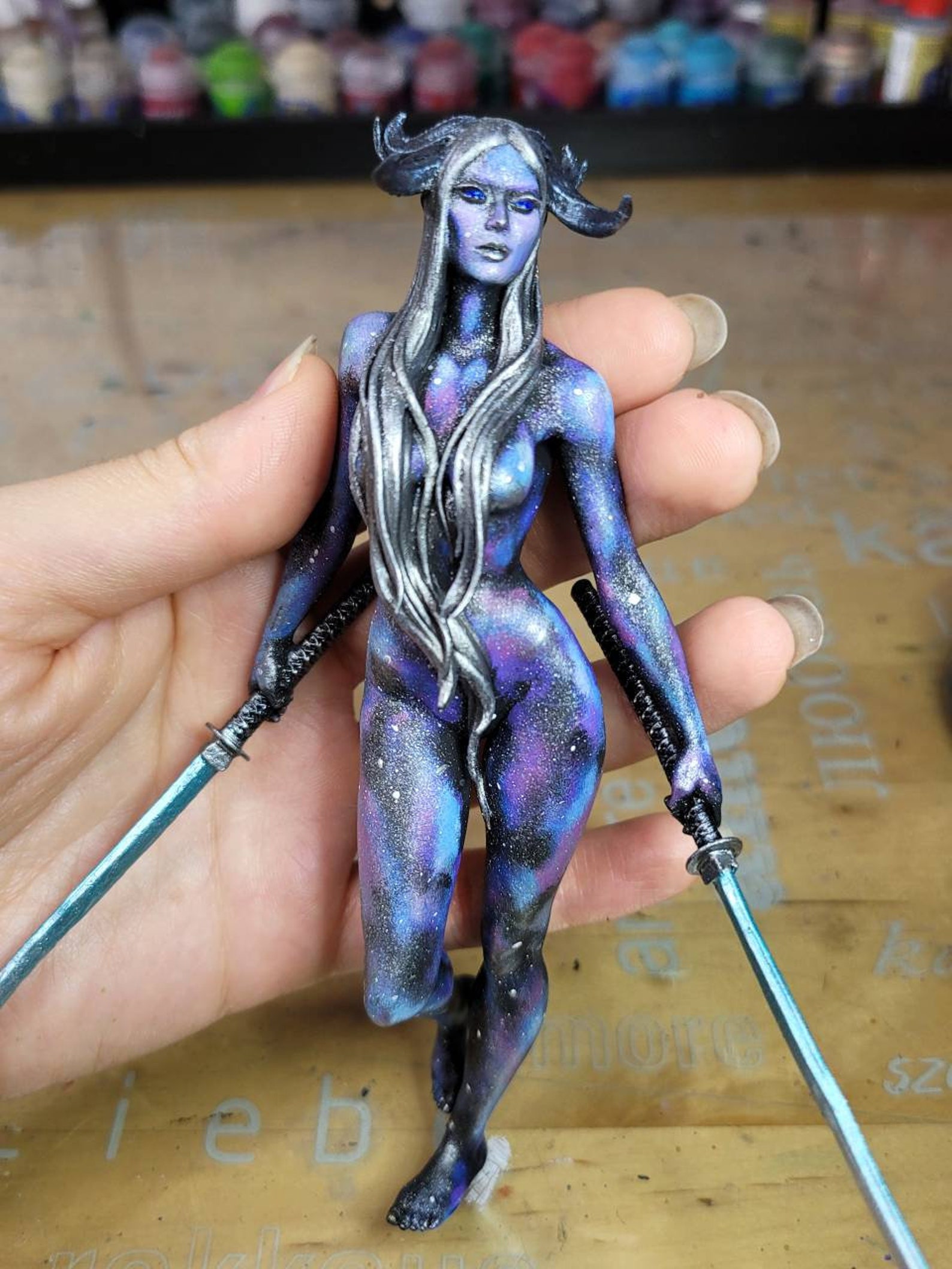
In this case, cholinergic sleep “on” neural populations are hyperactivated and the serotonergic sleep “off” neural populations are under-activated. Īnother major theory is that the neural functions that regulate sleep are out of balance in such a way that causes different sleep states to overlap.

This study supports the observation that disturbance of regular sleeping patterns can precipitate an episode of sleep paralysis, because fragmentation of REM sleep commonly occurs when sleep patterns are disrupted and has now been seen in combination with sleep paralysis. Polysomnographic studies found that individuals who experience sleep paralysis have shorter REM sleep latencies than normal along with shortened NREM and REM sleep cycles, and fragmentation of REM sleep. The first of these stems from the understanding that sleep paralysis is a parasomnia resulting from dysfunctional overlap of the REM and waking stages of sleep. The pathophysiology of sleep paralysis has not been concretely identified, although there are several theories about its cause. Sleep paralysis may include hypnagogic hallucinations, such as a stranger or dark figure in the room, supernatural creature suffocating or terrifying the individual, accompanied by a feeling of pressure on one's chest and difficulty breathing. People also have sensations of being dragged out of bed or of flying, numbness, and feelings of electric tingles or vibrations running through their body. These symptoms are usually accompanied by intense emotions such as fear and panic. It has also been known that one may feel pressure on their chest and intense pain in their head during an episode. Other sounds such as voices, whispers and roars are also experienced. Imagined sounds such as humming, hissing, static, zapping and buzzing noises are reported during sleep paralysis. The main symptom of sleep paralysis is being unable to move or speak during awakening. It is believed to have played a role in the creation of stories about alien abduction and other paranormal events. Sleep paralysis has been described throughout history. About 5% of people have regular episodes. īetween 8% and 50% of people experience sleep paralysis at some point in their life. Other efforts that may be tried include sleep hygiene, cognitive behavioral therapy, and antidepressants.

It is recommended that people be reassured that the condition is common and generally not serious. Treatment options for sleep paralysis have been poorly studied. Other conditions that can present similarly include narcolepsy, atonic seizure, and hypokalemic periodic paralysis. Diagnosis is based on a person's description. Sleep paralysis is commonly experienced by lucid dreamers some lucid dreamers use this as a method of having a lucid dream. The underlying mechanism is believed to involve a dysfunction in REM sleep.

The condition can be triggered by sleep deprivation, psychological stress, or abnormal sleep cycles. The condition may occur in those who are otherwise healthy or those with narcolepsy, or it may run in families as a result of specific genetic changes. It may recur or occur as a single episode. Episodes generally last less than a couple of minutes. During an episode, one may hallucinate (hear, feel, or see things that are not there), which often results in fear.

Sleep paralysis is a state, during waking up or falling asleep, in which a person is aware but unable to move or speak. Reassurance, sleep hygiene, cognitive behavioral therapy, antidepressants Narcolepsy, atonic seizure, hypokalemic periodic paralysis, night terror Narcolepsy, obstructive sleep apnea, alcohol use, sleep deprivation Ships from our warehouse in 11 to 20 business days.The Nightmare by Henry Fuseli (1781) is thought to be a depiction of sleep paralysis perceived as a demonic visitation.Īwareness but inability to move during waking or falling asleep Pathfinder RPG combat comes to life on your tabletop with Heroes & Monsters, the debut release in the new Pathfinder Battles prepainted miniatures line! Produced in cooperation with Paizo Publishing, Heroes & Monsters presents a fascinating array of 40 beautifully painted miniatures perfect for use with the Pathfinder RPG or any fantasy miniatures game! From the brave Gnome Fighter to the mighty evil lich, Heroes & Monsters offers a wide range of player characters and dungeon denizens that make a perfect start to your Pathfinder Battles collection! Product Availability


 0 kommentar(er)
0 kommentar(er)
